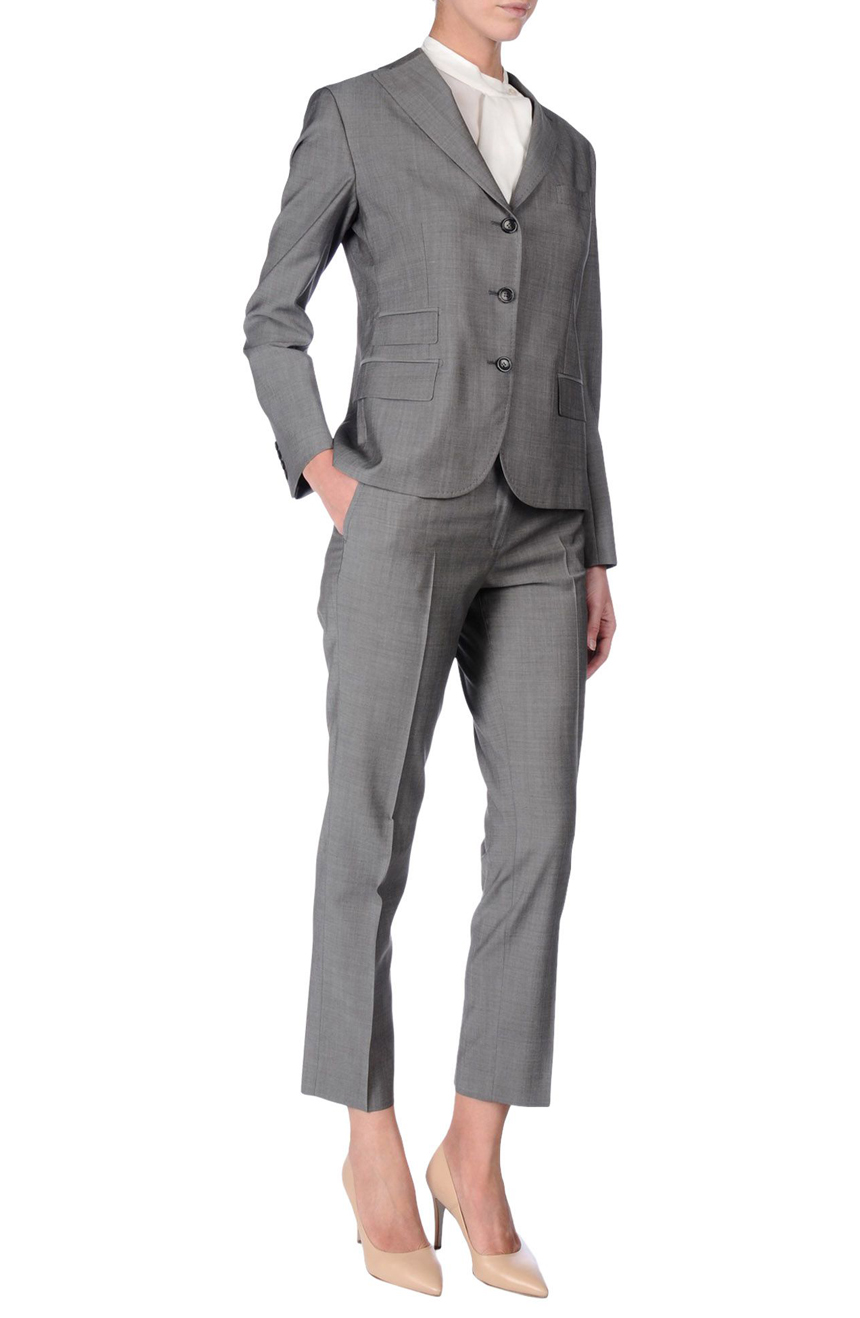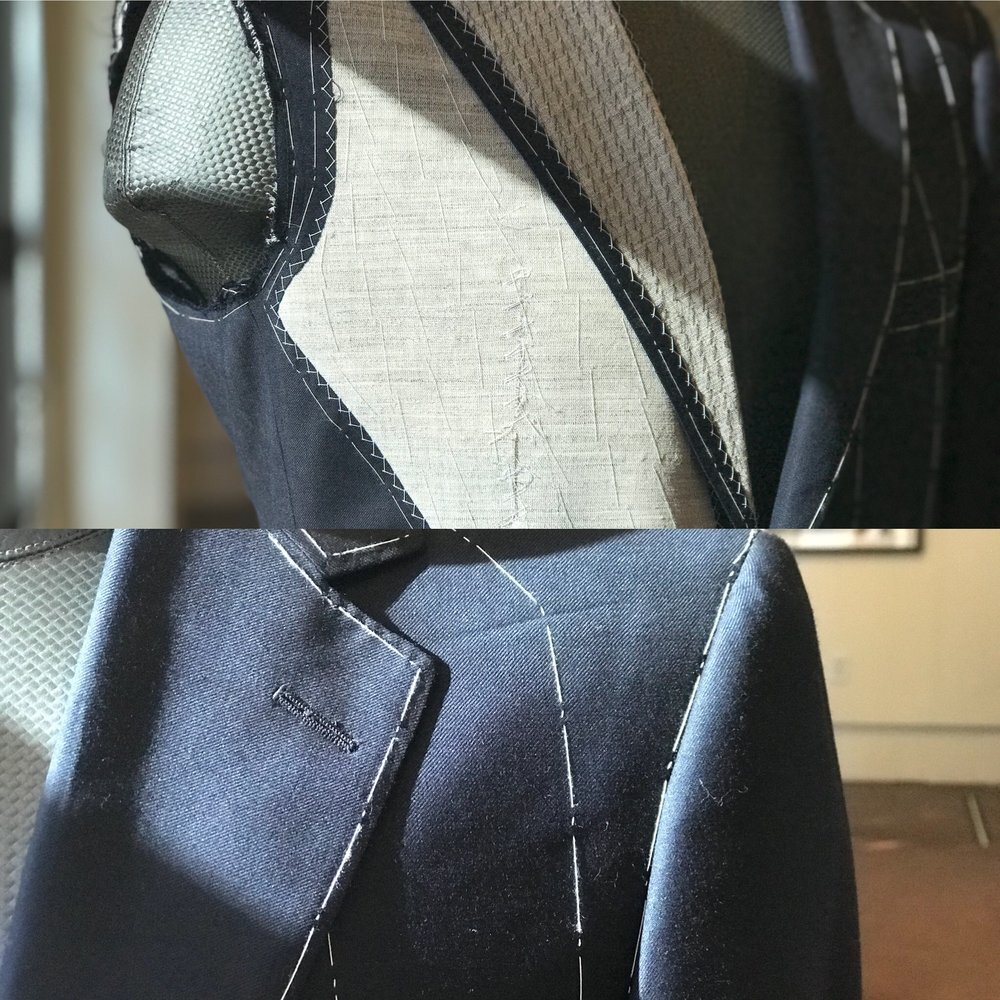Comprehending the Tailoring Process: From Material Selection to Final Suitable for the Perfect Wardrobe
The tailoring procedure is a complicated interaction of art and science, beginning with the essential decision of fabric option and finishing in the specific adjustments of final installations. Each textile kind brings special top qualities that affect not just the visual allure yet additionally the garment's longevity and viability for numerous occasions.
Significance of Textile Option
Choosing the right fabric is critical in the tailoring procedure, as it directly affects the convenience, resilience, and general aesthetic of the final garment. The choice of fabric establishes the foundation for the garment's efficiency, functionality, and design. Different fabrics have one-of-a-kind buildings, such as breathability, stretch, and weight, which can significantly influence just how the garment drapes and fits the body.

A customized item made from an ideal textile not only showcases craftsmanship however additionally elevates the wearer's self-confidence. Subsequently, recognizing the subtleties of material selection is critical for any customizing venture. It ensures that the end product not just satisfies the aesthetic desires of the client but likewise aligns with practical needs, thus attaining an unified equilibrium in between type and function in the customized closet.
Kinds Of Fabrics and Their Uses
Comprehending the numerous types of materials readily available is crucial for making informed choices throughout the customizing process. Each material possesses unique characteristics that determine its viability for certain garments and events.
Its versatility allows it to be tailored into whatever from t-shirts to dresses. Its natural elasticity assists garments maintain shape over time.
Silk emanates deluxe and is light-weight, making it ideal for eveningwear and fragile blouses; nevertheless, it calls for cautious handling as a result of its frailty. Bed linen, with its distinctive finish, is a preferred selection for warm environments, providing a crisp and airy feeling, however it wrinkles easily, which may affect the garment's look.
Artificial textiles, such as polyester and nylon, offer durability and resistance to creases, making them appropriate for daily wear and active garments. Recognizing these material kinds and their homes allows for much better decision-making, making certain that each customized piece not just fits well yet additionally straightens with the desired objective and occasion.
The Tailoring Methods Discussed
The art of tailoring relies upon a range of techniques that change textile into well-fitted garments. Central to this procedure is pattern preparing, where a dressmaker develops themes based upon the customer's dimensions and wanted design. This preliminary step guarantees that the garment will certainly fit the wearer correctly prior to any cutting occurs.
Once patterns are established, reducing techniques enter play. Accuracy is vital as errors can cause misfitting garments. Tailors typically utilize numerous cutting techniques, such as single-layer reducing for complex designs and multiple-layer reducing for efficiency on standard patterns.
Basting is another essential technique, enabling tailors to briefly sew fabric items with each other for a preliminary installation (top tailor perth). This method uses the chance to analyze the drape and general silhouette prior to final sewing
Seaming methods, including flat-felled seams and useful reference French joints, enhance the garment's sturdiness and visual charm. Tailors additionally employ methods such as interfacing and extra padding to provide structure and shape to particular locations, like collars and shoulders.
Last but not least, finishing methods, including hemming and edge completing, make certain the garment's longevity while giving a sleek appearance. With each other, these strategies create the backbone of effective customizing, causing splendid, tailor-made garments.

Suitable Modifications and Considerations
After the first customizing techniques have actually been applied and the garment is constructed, suitable modifications become extremely important to achieving the best fit. These adjustments deal with various facets of the garment, ensuring it contours to the user's physique and enhances total appearance.

The increase of trousers is another vital aspect; it must sit conveniently above the hips without causing discomfort, allowing for ease of movement. Hemming sizes for both trousers and skirts must show the wearer's preferred style while valuing percentages.
Furthermore, focus should be provided to the rear of the garment, making sure that there are no undesirable pulls or excess fabric - top tailor perth. Each change ought to be diligently considered, as even small alterations can substantially influence the overall fit and aesthetic of the customized piece, inevitably causing a closet that emanates confidence and sophistication
Keeping Your Tailored Clothes
Appropriate upkeep of tailored garments is necessary to maintaining their fit and appearance over time. To make sure longevity, routine cleaning is vital. Always adhere to the care tag instructions, which might recommend completely dry cleaning for fragile fabrics or maker cleaning for more sturdy products. Prevent regular laundering, as this can wear down the material and modify the garment's form.
Storage is equally essential; usage padded hangers for coats and layers to preserve shoulder structure, and store pants folded up nicely or hung to stop creasing. Secure garments from direct sunlight, which can discolor shades and damages fibers.
Additionally, routine inspections for small repairs can prevent larger concerns. Check for loose switches, tearing joints, or indications of moth damages, attending to these issues immediately to preserve the garment's integrity.
Lastly, consider seasonal turning. Putting on customized pieces in moderation allows fabrics to recoup, expanding their life expectancy. By executing these maintenance strategies, you can ensure that your see this customized garments stay as beautiful as the day you first used them, improving your optimal wardrobe for years ahead.
Final Thought
The customizing process, including textile selection, competent strategies, and exact fitting modifications, plays a critical role in producing garments that boost both comfort and style. Comprehending the importance of maintenance prolongs the life of customized garments, read here strengthening their value in a well-curated wardrobe.